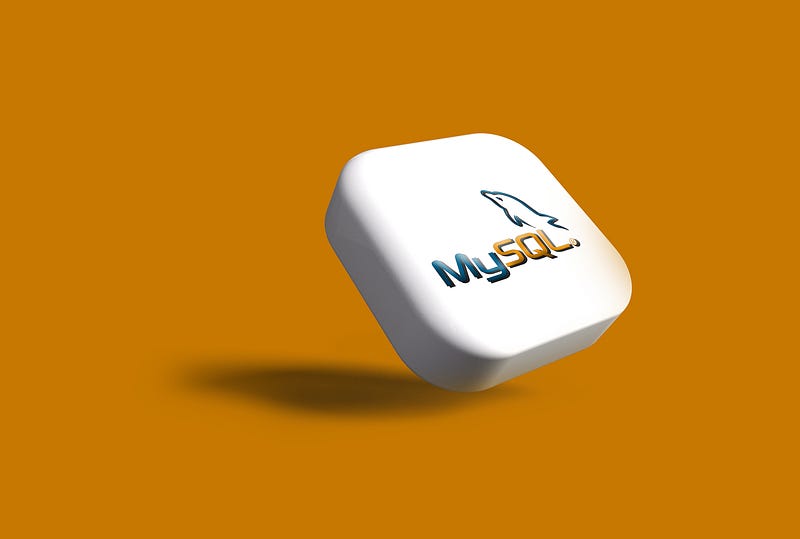The 10 Most Popular Linux Commands You Should Know
From Novices to Pros — Elevate Your Command Line Prowess with These Essential Linux Commands!

Navigating the Linux terminal can be like deciphering an ancient language for beginners, yet for the seasoned pro, it’s a symphony of keystrokes creating a seamless workflow. Whether you’re just starting out or looking to brush up on your skills, this post dives into the 10 most popular Linux commands that stand as the backbone of any power user’s repertoire. Let’s elevate your command line game.
Understanding the Linux Command Line
Before we leap into the commands themselves, it’s crucial to understand the power of the Linux command line. The terminal provides direct access to the operating system’s vast capabilities without the need for a graphical interface. It’s here where you can unleash the full potential of Linux with just a few keystrokes.
The Top 10 Commands
1. sudo - Superuser Do
How to Use: sudo [command]
This command is your master key. sudo allows you to perform tasks that require administrative or root permissions. It’s the first word of any command that changes system settings or requires elevated permissions.
2. ls - List Directory Contents
How to Use: ls [options] [directory]
The bread and butter of directory navigation, ls displays the files and folders in your current directory, or any directory you specify.
3. cd - Change Directory
How to Use: cd [directory]
This command is your teleportation spell. cd helps you navigate between directories in your file system. It's simple but vital for moving through your directory tree.
4. pwd - Print Working Directory
How to Use: pwd
Ever get lost? pwd is your compass. It prints the path of the current working directory to the terminal window, telling you exactly where you are.
5. cp - Copy Files and Directories
How to Use: cp [options] source destination
This command is like a cloning machine. cp allows you to copy files and directories from one location to another.
6. mv - Move or Rename Files and Directories
How to Use: mv [options] source destination
Need to reorganize or rename? mv is your moving van. It's perfect for relocating files, or simply renaming them.
7. rm - Remove Files and Directories
How to Use: rm [options] file
Sometimes you just need to declutter. rm is your digital shredder, permanently removing files or directories. Use with caution!
8. grep - Search Text Using Patterns
How to Use: grep [options] pattern [files]
Looking for a needle in a haystack? `grep’ is your magnet. It searches for text within files, using powerful pattern matching.
9. chmod - Change File Modes or Access Permissions
How to Use: chmod [options] mode file
Security is paramount, and chmod is your guard. It changes the permissions of a file or directory.
10. man - Display User Manuals
How to Use: man [command]
Need instructions? man is your guide, displaying the manual pages for other commands.
Tips for Command Line Success
- Combining Commands: Learn to string commands together with pipes (
|) and semicolons (;) for efficient command line workflows. - Scripting: As you get comfortable, start writing simple scripts to automate your tasks.
- Keep Learning: The
mancommand is there to expand your knowledge about what each command can do. Dive in regularly.
Conclusion
There you have it — the 10 most popular Linux commands that serve as the building blocks for any Linux user. By mastering these commands, you’re not just learning to “talk” to your computer; you’re learning to make it sing. Remember, the terminal is a powerful ally. Treat it with respect, and you’ll find yourself in the realm of true Linux proficiency.
Need Help With Your Laravel Project?
I specialize in building custom Laravel applications, process automation, and SaaS development. Whether you need to eliminate repetitive tasks or build something from scratch, let's discuss your project.
⚡ Currently available for 2-3 new projects

About Hafiz Riaz
Full Stack Developer from Turin, Italy. I build web applications with Laravel and Vue.js, and automate business processes. Creator of ReplyGenius, StudyLab, and other SaaS products.
View Portfolio →Get web development tips via email
Join 50+ developers • No spam • Unsubscribe anytime
Related Articles

A Beginner’s Guide to MySQL: Setting Up Your First Database and User
Navigate the essentials of MySQL with ease, and kickstart your journey in databa...

10 Free AI Tools Every Developer Should Harness in 2023
Elevate Your Coding Game Without Breaking The Bank

Why Coding is Not Enough Anymore in the Tech Landscape
Evolving from a coder to a holistic software developer in a multifaceted tech ec...